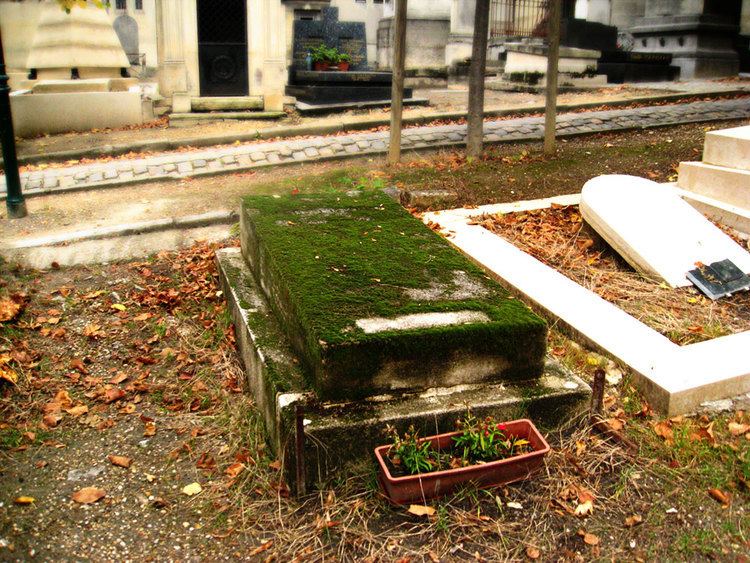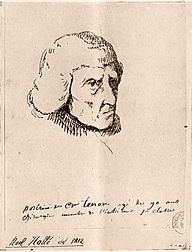Nationality France Fields Surgery | Role Surgeon Name Jacques-Rene Tenon | |
 | ||
Known for capsule of Tenon, Hopital Tenon. Died January 16, 1816, Paris, France Books Memoirs on Paris Hospitals | ||
Doctoral advisor Jacob B. Winslow | ||
Jacques-René Tenon (21 February 1724 – 16 January 1816) was a French surgeon born near the town of Joigny.
Contents
Biography
He studied medicine in Paris, where one of his instructors was Jacques-Bénigne Winslow (1669–1760). For several years he was associated with the Salpêtrière, and in 1757 attained the chair of pathology of the College of Surgery. In 1759 he became a member of the French Academy of Sciences.

In 1788 Tenon published the Mémoire sur les hôpitaux de Paris (Memoirs on the Hospitals of Paris), a treatise that was a concise and detailed account of French hospitals. It was concerned with aspects such as hygiene, patient care and environmental conditions of hospitals. Among the researches conducted was a visit by Tenon and Charles-Augustin de Coulomb to inspect the revolutionary design of the Royal Naval Hospital, Stonehouse. The publication was a catalyst in regards to efforts made for replacement of the Hôtel-Dieu of Paris, being decided by a committee from the Academy of Sciences, whose members were Tenon, along with famous scientists that included Antoine-Laurent de Lavoisier (1743–1794), Coulomb (1736–1806) and Pierre-Simon Laplace (1749–1827).
In the 18th century, the Hôtel-Dieu was notoriously overcrowded, unsanitary and susceptible to fire. Architect Bernard Poyet (1742–1829) proposed a new Hôtel-Dieu on Île des Cygnes on the Seine River at a price of 12 million livres, while members of the Academy planned for four new hospitals at distances far from the Seine (Saint-Louis in the north, Holy-Anne in the south, the Roquette in the east, and in the west the abbey of Holy-Périne of Chaillot). Although plans for building the four new hospitals to replace the Hôtel-Dieu initially looked promising, the project was met with resistance and eventually shelved in the early 1790s.
Eponyms
Today, the Hôpital Tenon in Paris is named after him, as is the capsule of Tenon, a membrane that envelops the posterior five-sixths of the eyeball. He provided a description of the "capsule of Tenon" in 1805.
